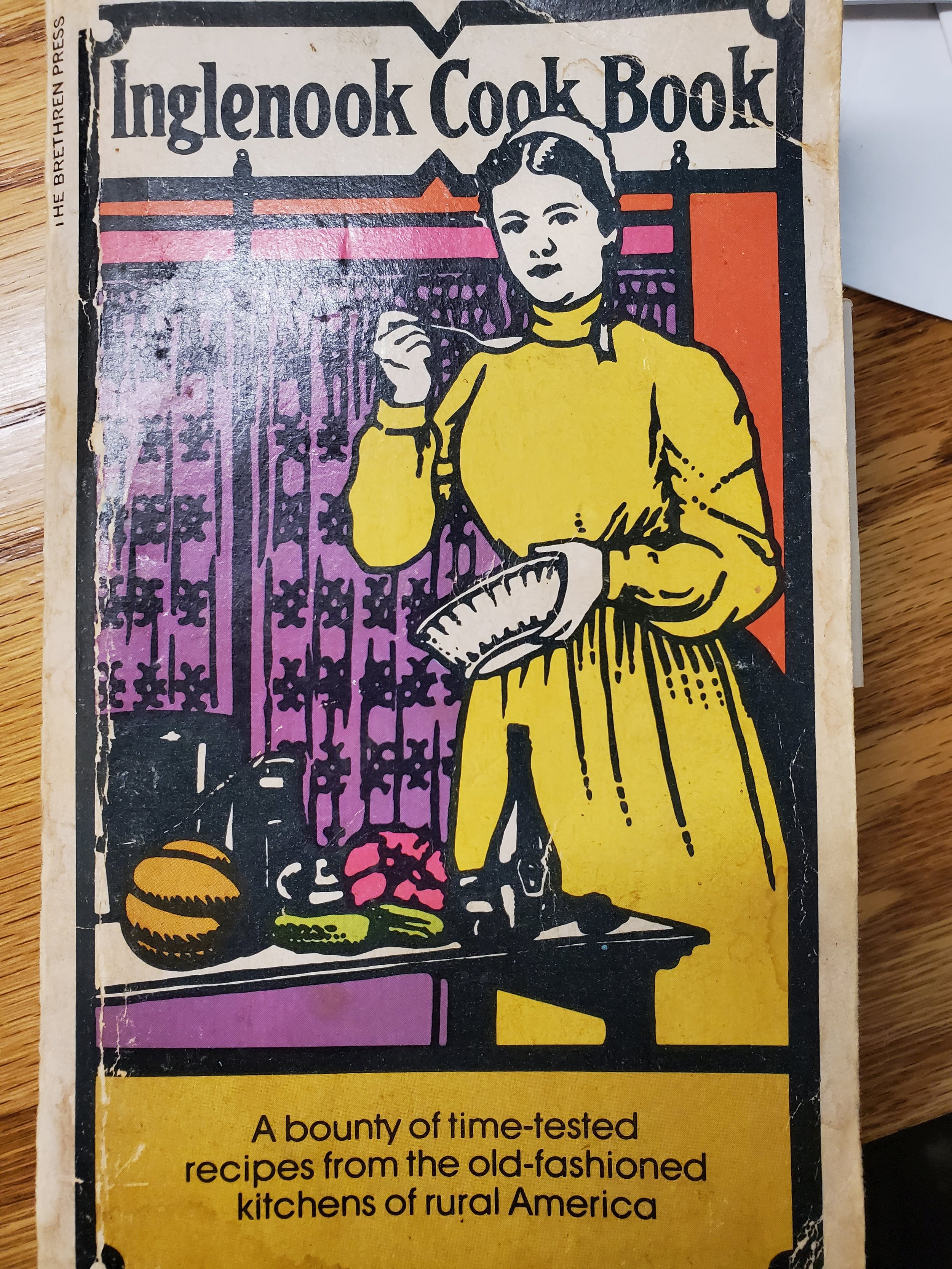When did we get Wheelchairs?
/Civil War Era Wheel Chair from Museum of Civil War Medicine
We should never for a moment take for granted the health and abilities that we enjoy. You may be reading today’s Tennessee Mountain Story from a wheelchair or in a hospital room. Maybe you can’t actually read the words because your vision is somehow impaired so your computer reads it to you. If you are in any of those situations, my heart goes out to you, yet I rejoice that you have a wheelchair, medical care or technology to allow you to continue to function at a high level.
Technology for folks with handicaps hasn’t always been so advanced.
Fifty years ago it was not at all uncommon to see people with leg braces or special shoes because Polio had impacted their limbs. We barely beat that foe when a new war arose with IEDs that robbed so many of our freedom fighters of arms and legs. So now we see prosthetics on very young men and women. Again I say, my heart goes out to you and I am so thankful that technology allows you to still be very active and mobile.
Today more than 20% of America’s population is over 70. Now, age doesn’t automatically equal affliction, but we do know that things begin to wear out. According to a CBS article four out of ten women over 75 use a mobility aid.
If you’ve ever had a baby, accident or any kind of surgery, you’ve enjoyed a ride in a wheel chair. What a blessing those big rubber wheels are to ferry unstable patients out to their cars. And in the nursing homes, healthcare workers would be lost without that tool.
Do you realize what a new thing a wheelchair is?
I thought the Sears and Roebuck catalog sold absolutely everything. Imagine my surprise when I couldn’t find a wheelchair in the 1920 catalog. So I started trying to figure out just why. It turns out they weren’t commercially available until the mid 1930’s.
To be certain, invalids have been carried around for centuries. There’s a great missionary story about a Chinese woman who had bound feet and therefore could not walk long distances and certainly not across country. She married a Christian missionary and as he travelled across the country on foot, she had to be carried in a litter. She certainly wasn’t the only one around the world.
In the 1700’s in England a “Bath Chair” was invented – that’s Bath for the town, not for getting clean, by the way.
None of these are the kinds of chairs you can putter around the house in.
After the Civil War, when many men were left crippled or as amputees, wooden wheel chairs were often used. Since the technology was similar, bicycle manufacturers often built early wheelchairs. Many were probably made at home, or possibly commissioned from skilled individuals. The National Museum of Civil War Medicine has an example of such a custom chair, and I’ve included a picture of it at the top of the article.
Today, you can order a wheelchair from Walmart for a couple hundred dollars. Historically, only the wealthy or ingenious would have such a tool.


















